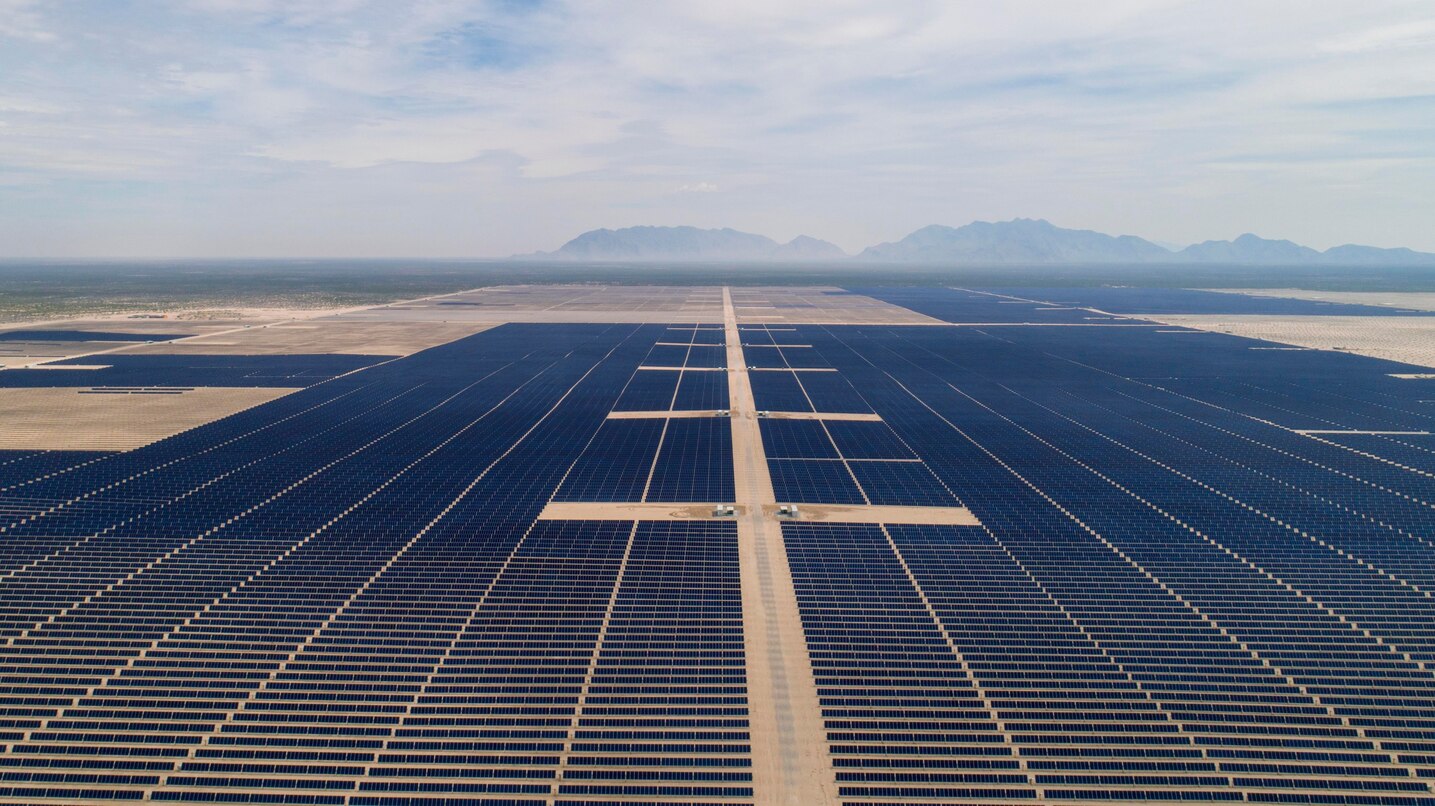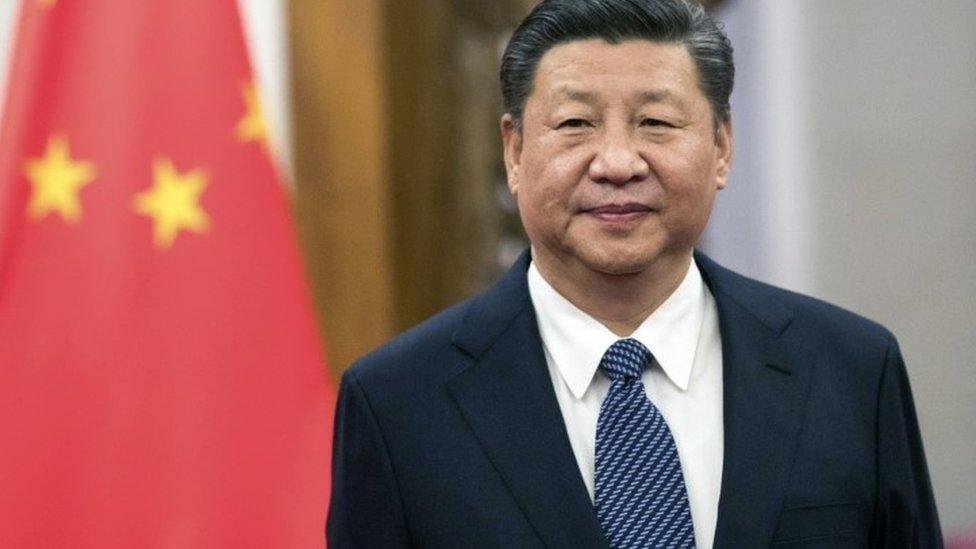- Courses
- GS Full Course 1 Year
- GS Full Course 2 Year
- GS Full Course 3 Year
- GS Full Course Till Selection
- Answer Alpha: Mains 2025 Mentorship
- MEP (Mains Enrichment Programme) Data, Facts
- Essay Target – 150+ Marks
- Online Program
- GS Recorded Course
- Polity
- Geography
- Economy
- Ancient, Medieval and Art & Culture AMAC
- Modern India, Post Independence & World History
- Environment
- Governance
- Science & Technology
- International Relations and Internal Security
- Disaster Management
- Ethics
- NCERT Current Affairs
- Indian Society and Social Issue
- NCERT- Science and Technology
- NCERT - Geography
- NCERT - Ancient History
- NCERT- World History
- NCERT Modern History
- CSAT
- 5 LAYERED ARJUNA Mentorship
- Public Administration Optional
- ABOUT US
- OUR TOPPERS
- TEST SERIES
- FREE STUDY MATERIAL
- VIDEOS
- CONTACT US
Why simultaneous elections are impractical and complicated
Why simultaneous elections are impractical and complicated
17-12-2024

- In December 2024, the Union Cabinet approved a proposal to implement simultaneous elections across India, aiming to align polls for the Lok Sabha, state Assemblies, and local bodies.
- This decision followed a report from a high-level committee chaired by former President Ram Nath Kovind on the 'one nation, one election' concept.
- While the Winter Session of the Lok Sabha is underway, the introduction of two crucial Bills has been delayed. These legislative proposals are essential to making simultaneous elections a reality. The two bills are:
- The Constitution (One Hundred and Twenty-Ninth Amendment) Bill 2024 - also known as the “one nation, one election” Bill. It seeks to hold simultaneous elections for the Lok Sabha and state assemblies.
- The Union Territories Laws (Amendment Bill) 2024 – It is aimed at aligning election schedules for the union territories of Jammu and Kashmir, Puducherry, and the National Capital Territory of Delhi.
What Are Simultaneous Elections?
- Simultaneous Elections refer to conducting elections for the House of the People (Lok Sabha), all State Legislative Assemblies, and local bodies such as Municipalities and Panchayats at the same time.
- This concept allows voters to cast their ballots for members of all levels of government in a single process.
- Simultaneous Elections were the norm in India until the 4th general elections held in 1967. But this changed afterwords due to frequent imposition of President’s Rule under Article 356.
- Additionally, the collapse of coalition governments at both the state and central levels further contributed to this breakdown.
- As a result, elections are now held multiple times a year, often five to six times annually. When Municipalities and Panchayat elections are factored in, the frequency increases significantly.
- The idea of simultaneous elections has been mooted in the past by the Election Commission of India (1982) and the Law Commission (1999).
Advantages of Simultaneous Elections
- Reduced Election Expenditure: Conducting elections together is expected to lower the financial burden of running multiple election cycles. Political parties and candidates also spend less on election campaigns.
- Frequent Elections: A NITI Aayog report highlights that India conducts at least one election every year, with each state holding elections annually.
- Reduced Manpower: Prevents duplication of efforts by administrative and law enforcement agencies required for organizing multiple elections.
- Improved Governance: Allows ruling parties to focus on governance rather than constantly preparing for elections. This helps reducing interruptions in achieving long-term planning and policy objectives.
- Enhanced Administration: Keeps administrative machinery consistently focused on development initiatives.
- Reduced Policy Paralysis: Minimizes disruptions in essential services, ensuring smoother governance and decision-making processes.
Concerns over Simultaneous Elections
- Limited Financial Savings: Although simultaneous elections are expected to reduce costs, critics believe the actual savings would be minimal. Frequent involvement of central leaders in state campaigns affects governance more.
- A simpler solution could be empowering state-level leaders to handle state elections independently.
- Logistical Challenges: Organizing elections for over 1.4 billion people at the same time poses massive logistical challenge.
- Even state elections, conducted individually, require multiple phases for smooth execution. Aligning all elections nationwide would make planning and execution even more complicated.
- Conflict with Parliamentary Democracy: Parliamentary democracy depends on governments enjoying the confidence of the legislature. If a government loses its majority, fresh elections must be held. This flexibility cannot align with rigidly scheduled elections.
- Breakdown After One Cycle: If a state government collapses mid-cycle, President’s Rule would need to be imposed until the next scheduled elections. This undermines democracy and the federal structure.
- Alternatively, fresh elections could be held, but the new government would serve only until the next cycle. This creates governance challenges, as short-term governments may struggle to implement effective policies.
- Conflict with Federalism: Simultaneous elections conflict with the principle of federalism, a core feature of India's constitutional framework.
- Impact on Regional Parties: Simultaneous elections may favour dominant national parties or the central incumbent government.
- Smaller regional parties might struggle to compete, leading to their marginalization and a dilution of regional issues.
Previous Recommendations on Simultaneous Elections
- Law Commission
- 21st Law Commission (2018): Proposed that conducting simultaneous elections can bring multiple advantages, such as: reducing public expenditure and easing pressure on administrative systems and security forces.
- Law Commission of India (1999): Recommended holding elections for the Lok Sabha and State Legislative Assemblies simultaneously as part of measures to enhance the country’s electoral system.
- Parliamentary Standing Committee: The 79th Report suggested a practical and feasible approach to implement simultaneous elections.
- NITI Aayog: In its 2017 Discussion Paper, it advocated for simultaneous elections to improve governance by minimizing disruptions caused by frequent election cycles.
Conclusion
Simultaneous elections can reduce costs, enhance efficiency, and minimize governance disruptions. However, challenges like constitutional changes, logistical hurdles, and federalism concerns make it complex. A phased implementation with stakeholder consultations can balance these challenges while maximizing the benefits.
| Also Read | |
| UPSC Prelims Result | UPSC Daily Current Affairs |
| UPSC Monthly Mgazine | Previous Year Interview Questions |
| Free MCQs for UPSC Prelims | UPSC Test Series |
| ENSURE IAS NOTES | Our Booklist |




